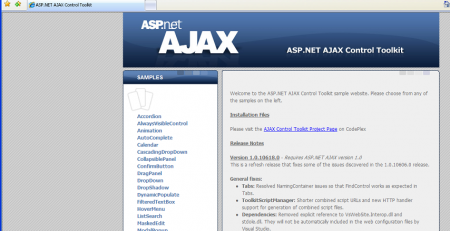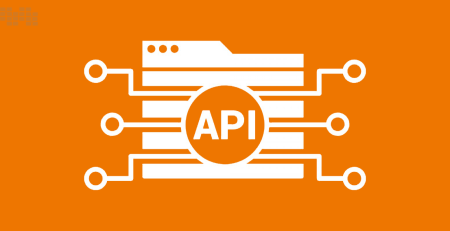How To Secure Your REST API?
With the proliferation of web and mobile applications, REST APIs have become the de facto standard for enabling communication between systems. As such, securing your REST API is crucial to protect your application and user data from unauthorized access and malicious attacks. In this post, we’ll explore best practices for securing your REST API.
- Use HTTPS
The first step in securing your REST API is to ensure that all communication is encrypted using HTTPS. This is particularly important if your API handles sensitive data such as user credentials, payment information, or health records. HTTPS encrypts all communication between the client and the server, preventing man-in-the-middle attacks and protecting sensitive data from prying eyes.
- Authentication and Authorization
Authentication and authorization are key components of securing your REST API. Authentication involves verifying the identity of the user, while authorization determines whether the user has permission to access a particular resource. There are several ways to implement authentication and authorization, including OAuth2 and JSON Web Tokens (JWTs).
OAuth2 is a widely used standard for authentication and authorization. It allows users to grant permission to third-party applications to access their resources without sharing their passwords. JWTs are self-contained tokens that contain all the necessary information for a client to access a resource. They can be used to authenticate and authorize users without the need for server-side session storage.
- Input Validation
Input validation is the process of ensuring that user inputs are of the correct format and within acceptable ranges. Input validation is important to prevent attacks such as SQL injection and cross-site scripting (XSS). SQL injection involves inserting malicious SQL code into user inputs to manipulate the database, while XSS involves injecting malicious code into web pages to steal user data or execute unauthorized actions.
To prevent these attacks, you should validate all user inputs, including query parameters, request bodies, and headers. You should also use parameterized queries to prevent SQL injection and sanitize user inputs to prevent XSS attacks.
- Rate Limiting
Rate limiting is the process of limiting the number of requests a client can make to an API within a specific timeframe. Rate limiting can help prevent malicious actors from overwhelming the API with requests and protect against denial-of-service (DoS) attacks. You can implement rate limiting by setting limits on the number of requests per IP address, per user, or per endpoint.
- Error Handling
Error handling is an important aspect of securing your REST API. A well-designed error handling system can prevent attackers from exploiting vulnerabilities in your API by providing meaningful error messages that help users troubleshoot issues without revealing sensitive information. Error messages should not reveal any sensitive information such as passwords, server paths, or user data.
- Logging and Monitoring
Logging and monitoring are essential for detecting and responding to security threats in your REST API. Logging allows you to track API usage and detect suspicious activity such as unusual spikes in traffic or frequent failed requests. Monitoring tools such as intrusion detection systems (IDSs) and security information and event management (SIEM) systems can help you identify and respond to security threats in real-time.
- Regular Security Audits
Regular security audits can help you identify vulnerabilities in your REST API and ensure that security measures are up to date. Security audits should include penetration testing, vulnerability scanning, and code reviews. Penetration testing involves simulating attacks against your API to identify vulnerabilities and determine their impact. Vulnerability scanning involves using automated tools to scan your API for known vulnerabilities. Code reviews involve reviewing your API code to identify security issues such as input validation failures and authorization bypasses.
Securing your REST API is crucial to protect your application and user data from unauthorized access and malicious attacks. By following best practices such as using HTTPS, implementing authentication and authorization, validating user









Comment (1)
Thanks-a-mundo for the post. Really looking forward to read more. Fantastic.